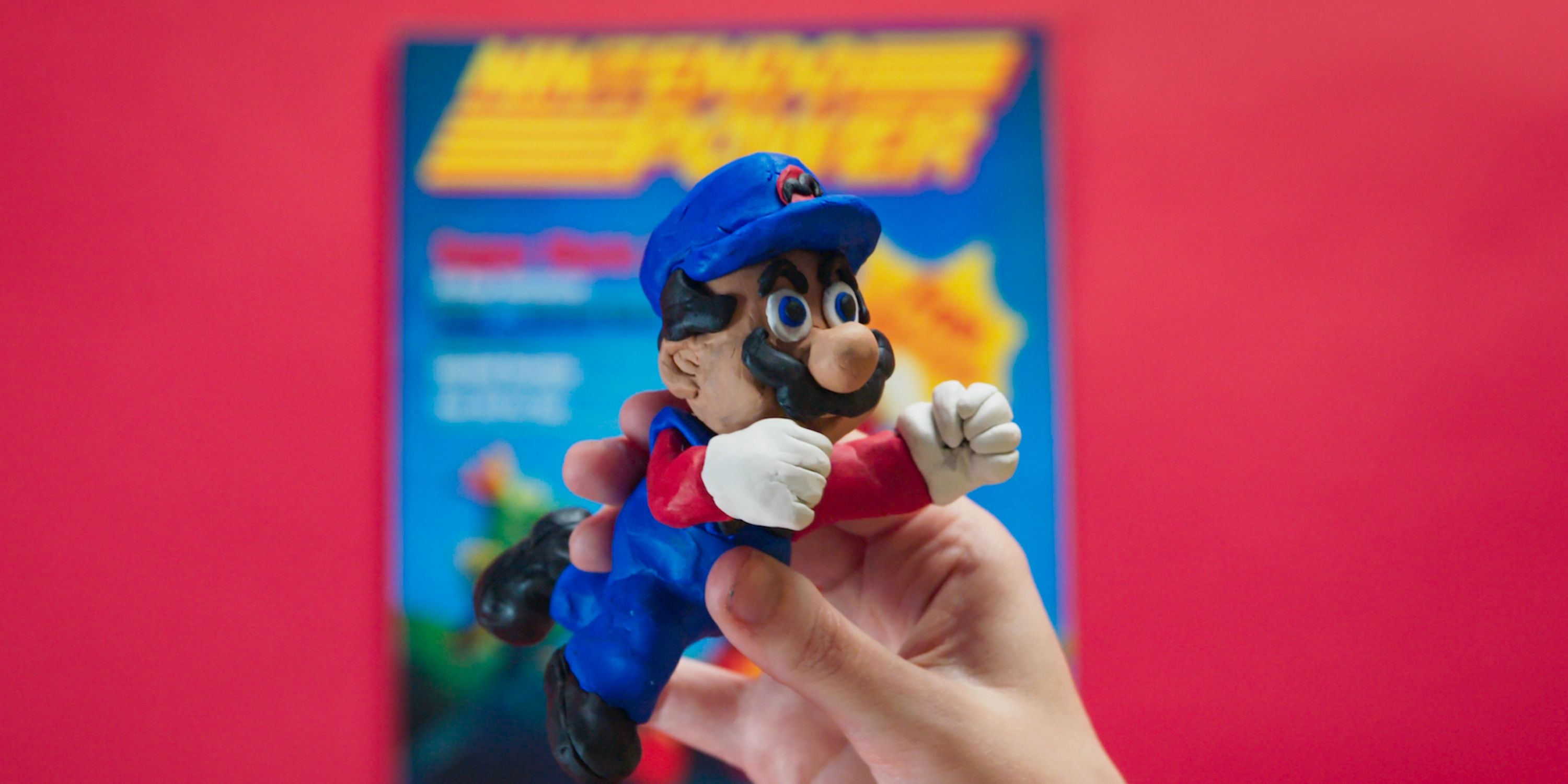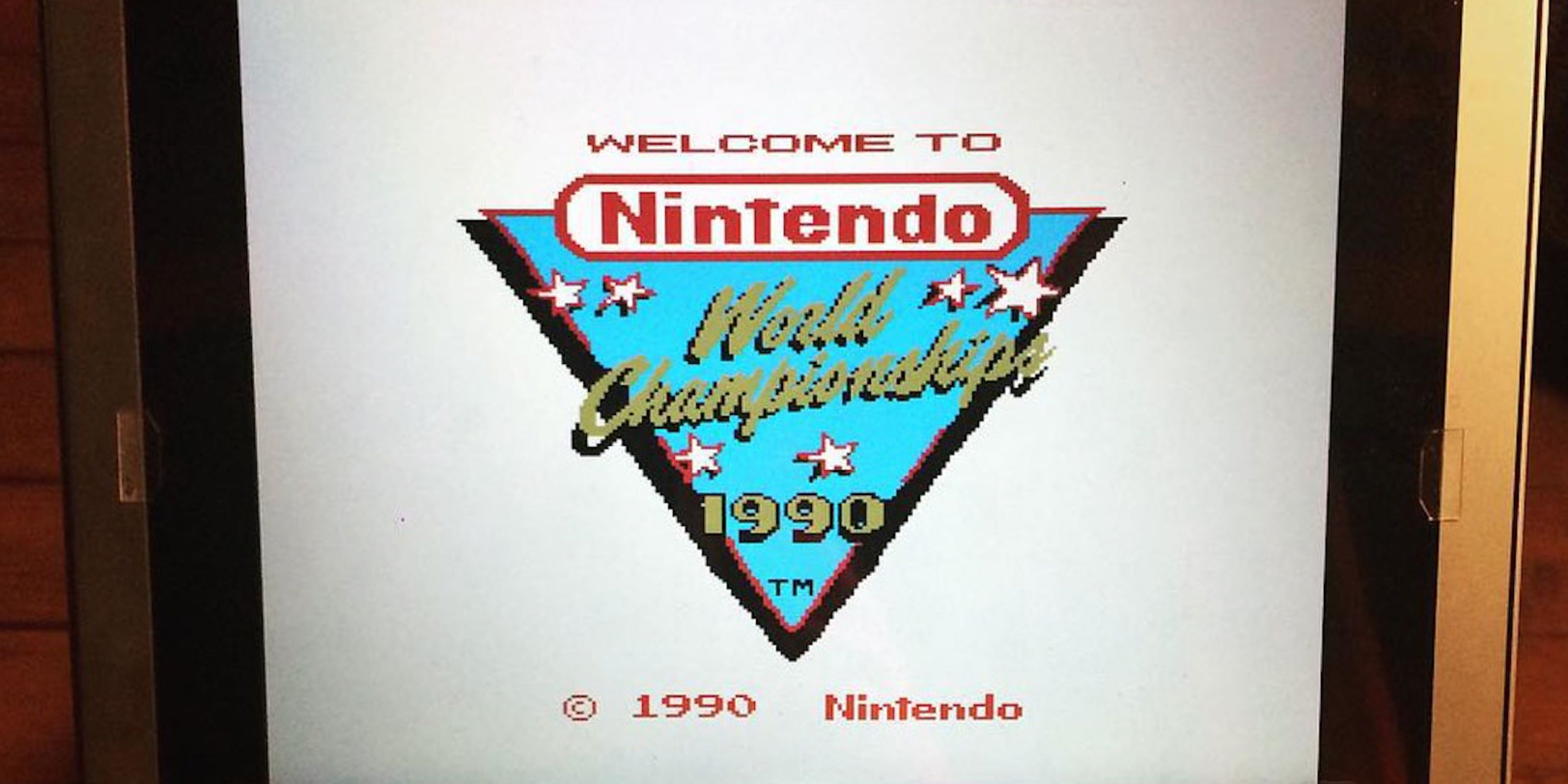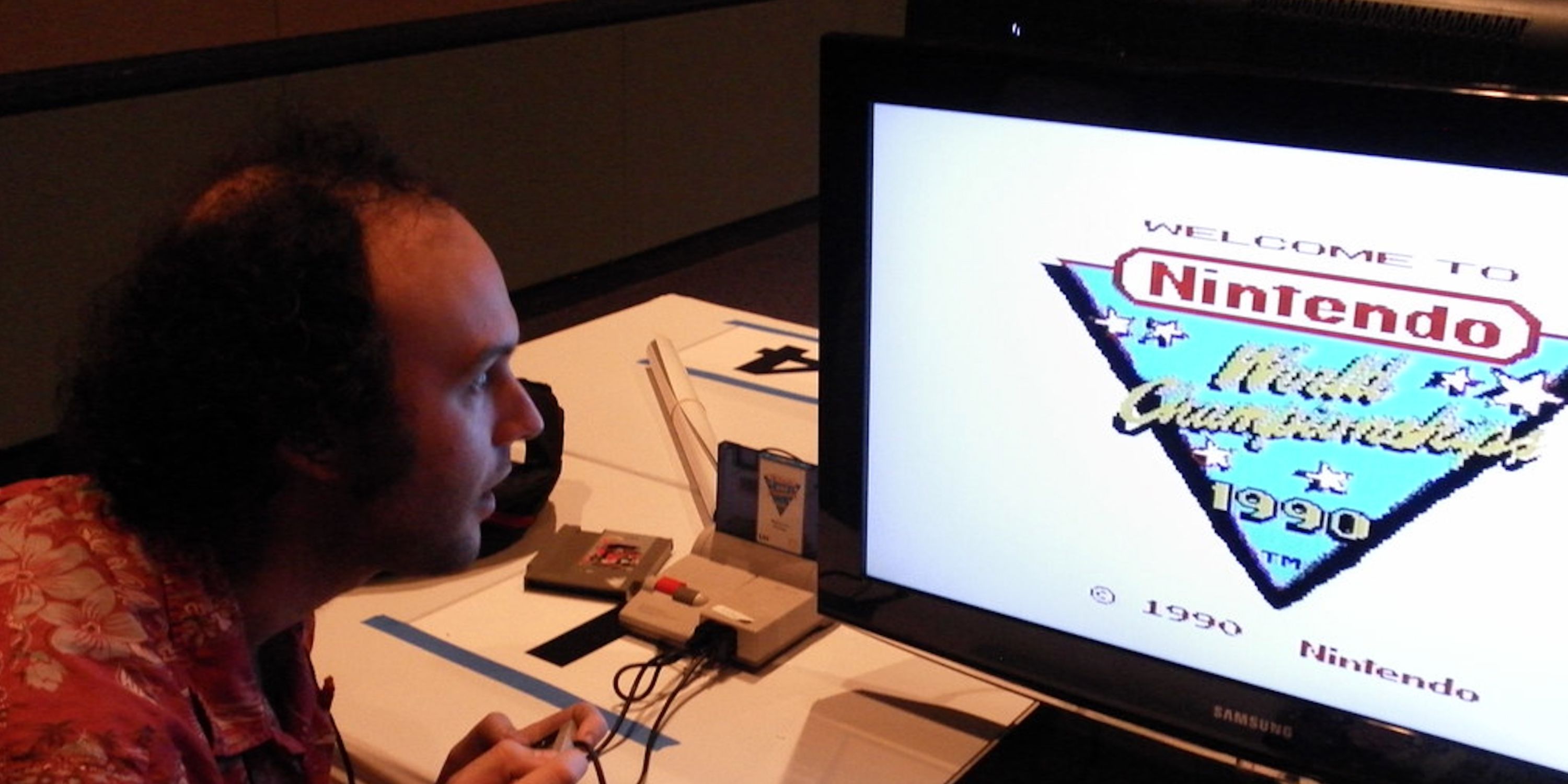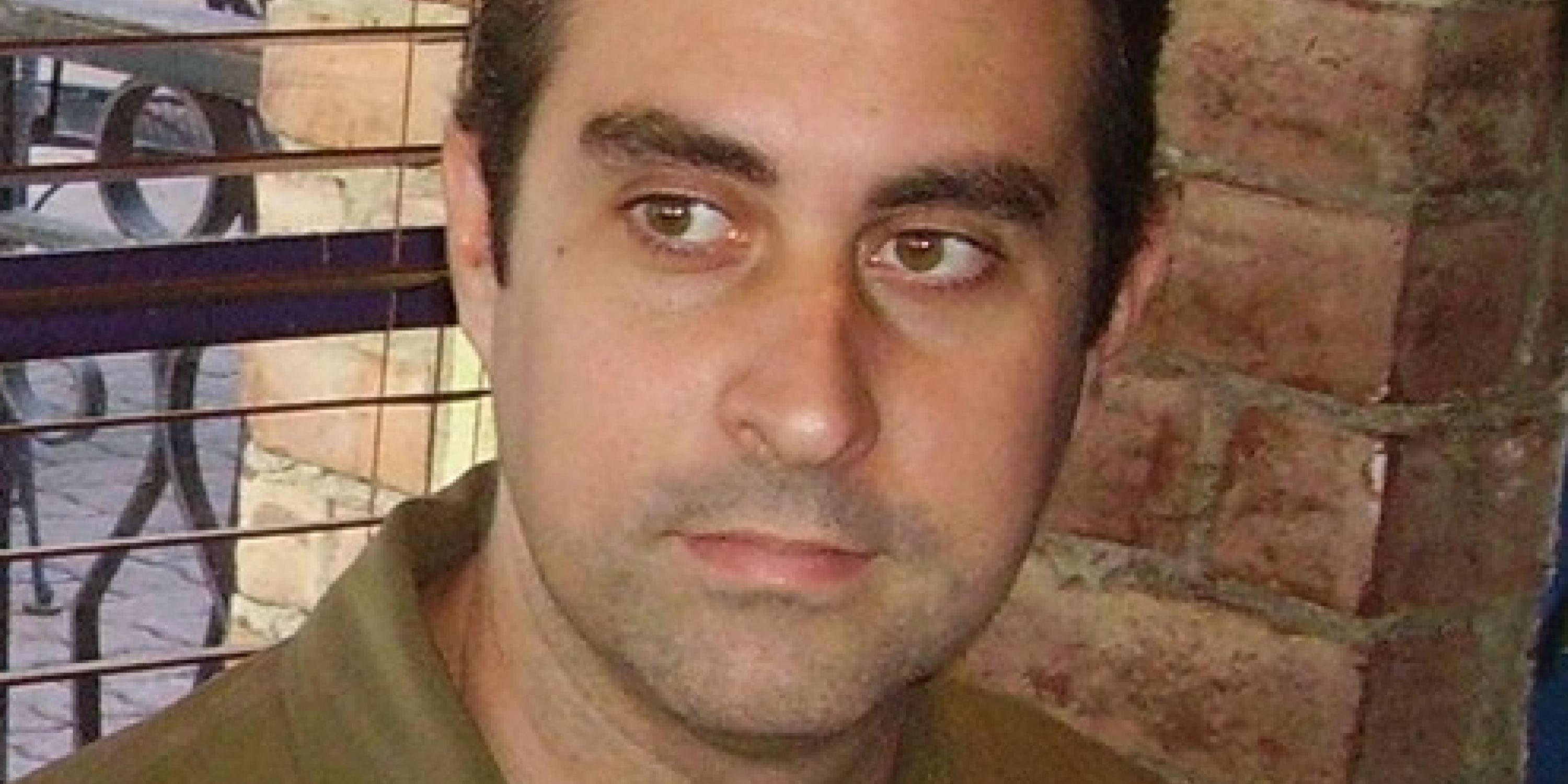The Netflix documentary High Score leaves plenty out about the 1990 Nintendo World Championships, including the identity of the actual winner. For entertainment purposes, the filmmakers chronicle the experiences of competitor Jeff Hansen, showing how the 10-year-old earned the opportunity of a lifetime; yet, the legacy of the 1990 Nintendo World Championships mostly goes unexplored.
Divided into six episodes, High Score begins with an episode that acknowledges the golden age of arcade games during the late '70s and early '80s. Several iconic figures provided on-camera commentaries, including Atari founder Nolan Bushnell, Pac-Man creator Toru Iwatani, and Space Invaders creator Tomohiro Nishikado. The Netflix series explores various branding concepts that made gaming so popular, and the second episode follows suit with commentaries from Nintendo marketing manager Gail Tinden.
High Score focuses on the human element during sequences about the 1990 Nintendo World Championships, along with the appropriate cultural context. For example, lawyer Jon Kirby speaks about a lawsuit filed by Universal Studios which claimed that Nintendo's Donkey Kong was in violation of the King Kong trademark. Kirby defended Nintendo and ultimately won the case, which "paved the way" for the 1990 Nintendo World Championships that were held across America. Here's what's left out in the Netflix docuseries.
The 1990 Nintendo World Championship Background
High Score doesn't capture the cultural hype that preceded the 1990 Nintendo World Championships. Instead, the docuseries chronicles the personal experience of Hansen competing in Salt Lake City. When the tournaments began in March 1990, Nintendo had been in the video game industry for less than a decade; however, in that short time, the company had essentially single-handedly reinvigorated the home console market, following Atari's infamous crash. Nintendo had actually existed as a company long before they became a leader of the video game market, though, and the 1990 championships coincided with the company's 100-year anniversary.
In High Score, the stakes are set for the 1990 Nintendo World Championships through Hansen's recollections as an adult: after failing to qualify in Utah, he traveled to Tampa, Florida and won the 11 & Under competition which allowed him to compete in the final. However, the Netflix documentary ignores the other age categories (12 to 17, 18 & Older) in order to seemingly stay focused on the demographic that Nintendo appealed to the most. Hansen's commentaries in the present provide the nostalgic value that many streamers enjoy so much, and it's evident that he's still passionate about gaming and has positive memories about his experiences.
The second episode of High Score ends with Hansen winning the competition, but doesn't provide any information about his subsequent accomplishments and travels all over the world, which are detailed in the Nintendo World documentary The Real Wizard: A Nintendo World Champion's Tale. The title refers to the 1989 movie The Wizard, a film about young gamers who travel to Universal Studios Hollywood for a competition called "Video Armageddon." In real life, the 1990 Nintendo World Championships finals were held at Universal Studios Hollywood.
The 1990 Nintendo World Championship Cartridges Explained
High Score mostly glosses over the fact that Nintendo released special edition cartridges for the 1990 World Championships. As an adult, Hansen states that winners received a $10,000 savings bond, a Geo Metro convertible, a big screen TV, and a trip to Universal Studios Hollywood. He then notes that "the competition was made up of this cartridge," and that "they had a whole bunch of them set up there." The selected games for the World Championships cartridge were Super Mario Bros., Rad Racer, and Tetris. What High Score doesn't acknowledge is that Nintendo made customized cartridges in both silver in gold, and that they are extremely rare.
In March 2019, YouTuber MetalJesusRocks released a video that explains the true value of cartridges from the 1990 Nintendo World Championships. The backstory involves a man named Tim who reached out to the YouTuber and wanted to gauge the price of a silver cartridge, as his brother had apparently competed in the 1990 Nintendo World Championships and had kept his cartridge in storage for decades. The cart in question was inspected by Kelsey Lewin from Pink Gorilla Games in Seattle, and valued at approximately $20,000. A video update reveals that the silver cartridge was recently sold for $23,000. As for gold versions, there are only 26 in existence — they were created as prizes for a separate Nintendo Power contest — which is why they're often described as "the holy grail of gaming."
A February 2014 report shows that a 1990 World Championships cartridge once sold for $100,000 on eBay. The seller described the game as being in "acceptable" condition and states that the cart "will be worth much much more in the future as no one actually knows if all 26 gold carts are still around." The same article also notes that competitors from the 1990 Nintendo World Championships had a six-minute and 21-second time limit when playing; a fact that's not clarified in High Score. In 1997, a collector named Jason Wilson reportedly bought 10 carts from the 1990 Nintendo World Championships (seven grey, three gold), including one for $50, after convincing a seller that the memorabilia wasn't actually that valuable. Wilson has since sold all of the 1990 World Championships loot, except for one gold cart and one silver cart.
Who REALLY Won The 1990 Nintendo World Championship
High Score doesn't claim that Hansen was the ONLY winner at the the 1990 Nintendo World Championships, but the docuseries doesn't tell the full story about the competition itself. The filmmakers show Hansen's moment of victory, but don't acknowledge that winners of the three different age groups actually played against each other next, though it wasn't part of the official competition. Technically, Thor Aackerlund beat Hansen after winning the 12 to 17 group.
In the present, Aackerlund has a Twitter account that hasn't been active since June 2012. He was featured in the 2011 documentary Ecstasy of Order: The Tetris Masters, and has inspired Reddit discussions about his potential involvement in Classic Tetris Championship. According to one user, Aackerlund personally told him that he doesn't plan to participate in any more gaming events, and another implies that Aackerlund's gaming background "kind of ruined his childhood." If Aackerlund does indeed have bitter feelings about the past, that may be the reason why the High Score filmmakers chose not to spotlight his final victory at the 1990 Nintendo World Championships.




